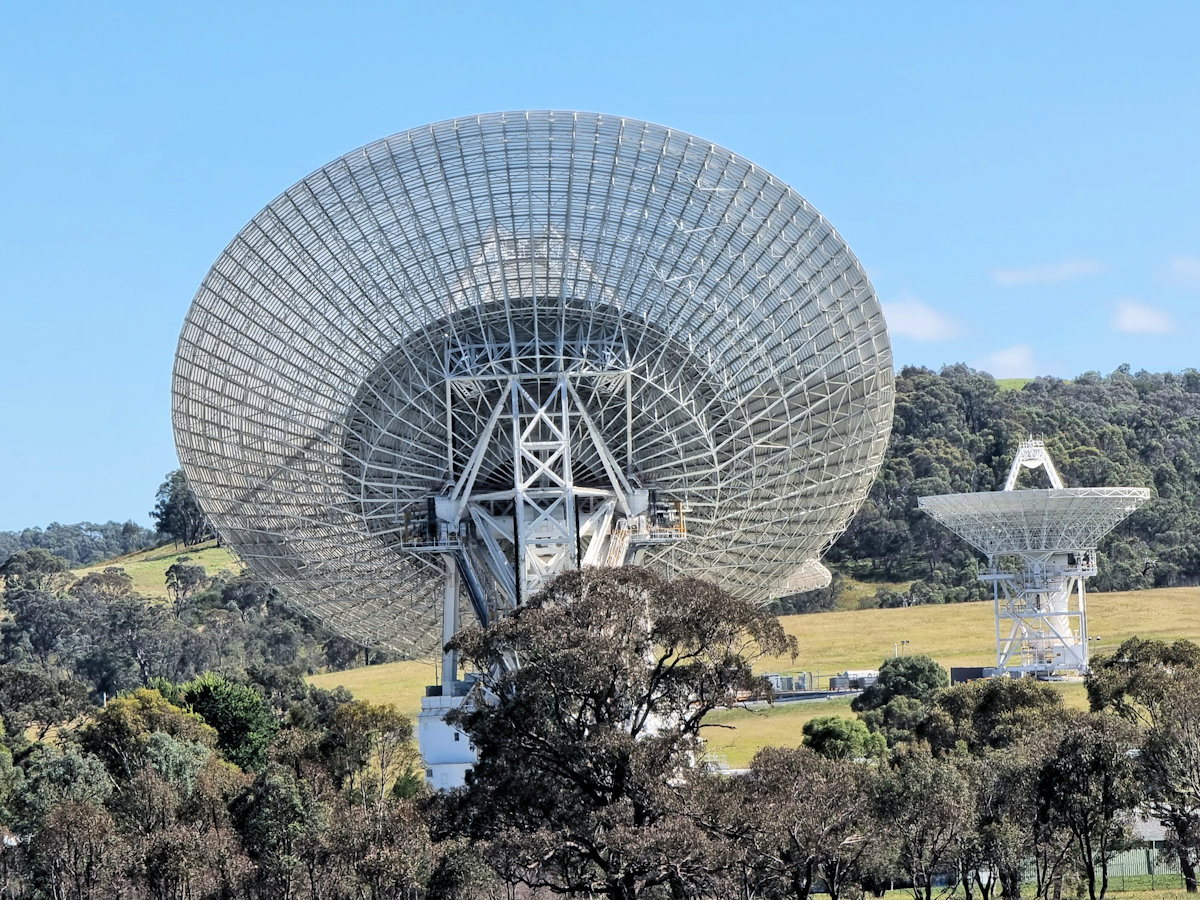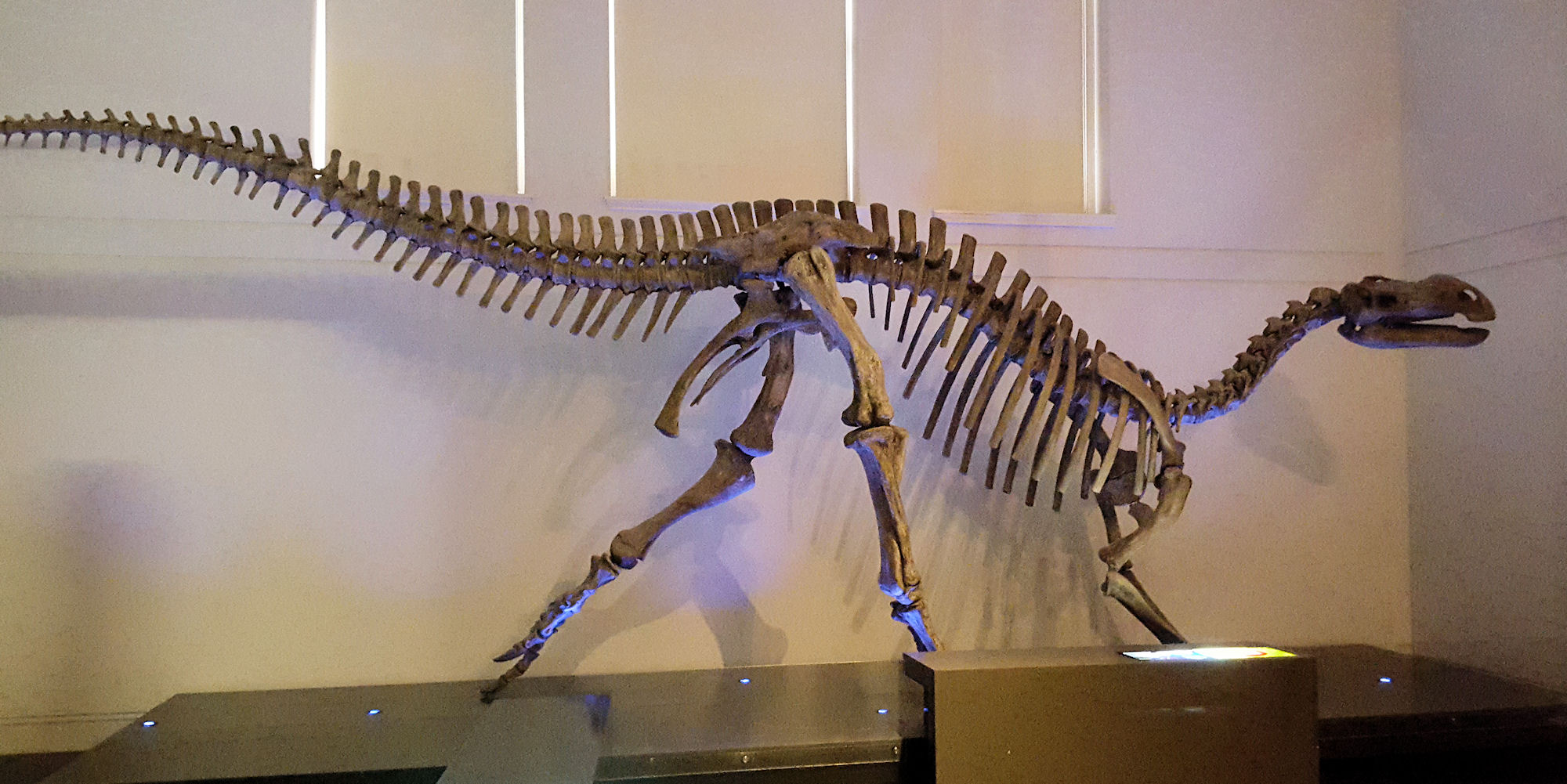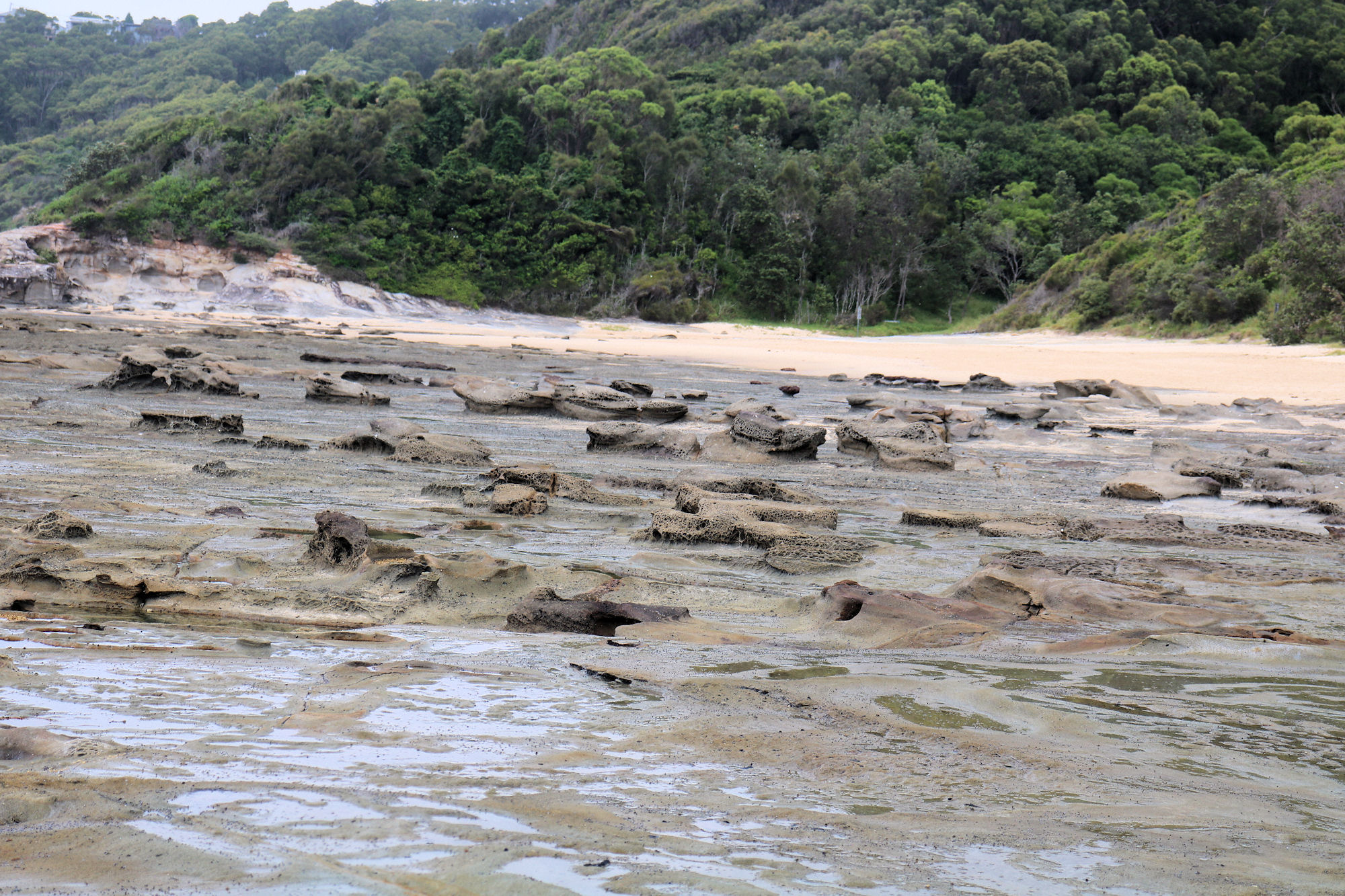Tag: Science
-
Canberra Deep Space Communication Complex

Canberra Deep Space Communication Complex Located a 40-minute drive from the centre of Canberra, ACT Australia, the Canberra Deep Space Communication Complex (CDSCC) is an important part of NASA’s tracking network. Construction at the site in the Tidbinbilla Valley commenced in June 1963 and operations started in December 1964. Chosen due to it’s proximity to… Read more
-
Australian Museum Sydney

Australian Museum Located near Hyde Park in the centre of Sydney, the Australian Museum is a wonderful place to spend a few hours wandering around the amazing displays. Designed by colonial architect Mortimer Lewis, the current building opening in 1857, although the museum’s collection dates back to 1827. An extensive refurbishment in 2021 has resulted… Read more
-
Dudley Beach Fossilised Forest

Dudley Beach Fossilised Forest In addition to being a great beach, Dudley Beach has a rock platform containing a fossilised forest which is visible at low tide. The area contains the remnants of tree branches and stumps, which are all that remains of an ancient forest. Getting There Located south of Newcastle, Dudley Beach has… Read more